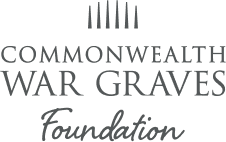28 July 2023
Inside the Archives: Rudyard Kipling & Commonwealth War Graves
Welcome to another edition of Inside the Archives. This time, writer and poet extraordinaire Rudyard Kipling takes the spotlight.
Inside the Archives
Rudyard Kipling and Commonwealth War Graves

Rudyard Kipling was a fervent and early supporter of Commonwealth War Graves.
The Jungle Book author served as the Commission’s Literary Advisor. He penned the booklet The Graves of the Fallen, as well as the immortal words on each Stone of Remembrance:
“Their Name Liveth For Evermore”
We have a raft of correspondence, letters, and notes from Kipling to other members of the Commission from its early days. Let’s look at some below.
Letter from Rudyard Kipling to Fabian Ware

Here, we see Kipling, in his spindly handwriting, talking to Commission founder Sir Fabian Ware.
The letter is Kipling giving feedback on a piece of prose given to him to edit and elaborate on, possibly The Graves of the Fallen pamphlet that was published in 1919.
In the letter, Kipling bemoans the state of the copy given to him. He also outlines the three pertinent points he believes are of the highest interest to the public:
- The finances of the Commission
- Headstones and how they look
- The treatment of the unknown dead and the missing
Kipling’s only son John went missing during the Battle of Loos in September 1915. Dignified treatment of the missing was a cause close to Kipling’s heart.
Kipling’s doodles

Setting up the Commission involved plenty of lengthy boardroom meetings, deep discussions, and lots of comings together.
While we know our work is incredibly important, such get-togethers can prove dull. The mind can wander – as can the pencil.
Rudyard Kipling must have been distracted as we can see his doodles in the corner. Some little trees and a calligraphic rendition of his first name dot the paper.
This page was taken from the minutes of the 33rd Commission meeting. Perhaps it was a little too dry for a creative mind like Kipling’s.
Inscription ideas

Part of Kipling’s role as Commission Literary Advisor was to provide guidance and suggestions on inscriptions.
Our headstones and memorials feature inscriptions that often were inspired or directly came from Kipling.
In this 1921 missive to Lord Arthur, Kipling makes suggestions for a special memorial in Vieille-Chapelle New Military Cemetery in Lacouture, France.
It also provides suggestions for headstone inscriptions. These draw heavily on religious imagery. Much of Kipling’s inspiration came from biblical passages and phrases when it came to advising on headstone and memorial inscriptions.
Visit the CWGC Archive
Did you know you can come and visit our archive? Visits are by appointment only. Check the CWGC website for more information.
Alternatively, you can browse archived items online via the Archive portal.

